
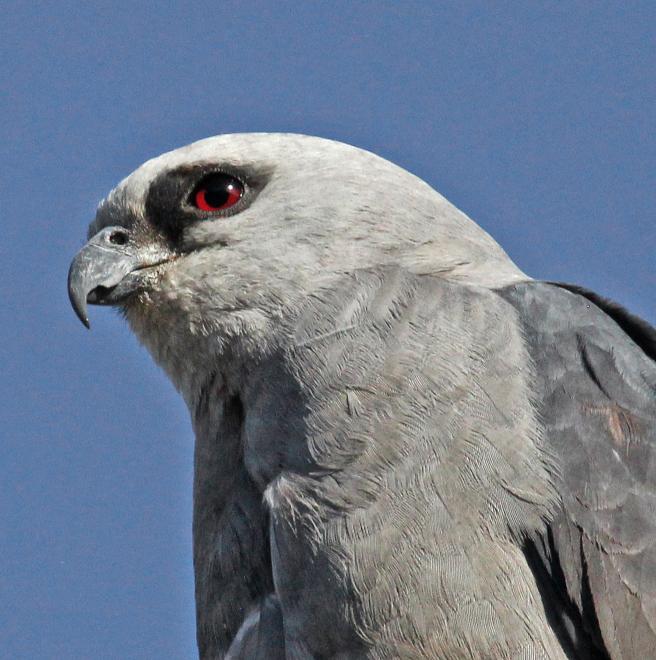
This raptor breeds across the Gulf States and Audubon's climate model projects that the kite will lose 88 percent of its current summer range by 2080. However, its climatic limits will also dramatically expand northward. The diffusion of its potential summer range may cause problems for a species that often nests colonially. Yet, the species has already demonstrated a capacity for expanding its breeding range into new areas in the past few decades.
This small raptor is usually seen in graceful flight, gliding and swooping acrobatically as it pursues large insects in midair. It breeds in the southern United States, from northern Florida to central New Mexico and very locally in Arizona, but its main population center is now on the southern Great Plains. In northern Texas, Oklahoma, and southern Kansas, it has gone through a tremendous population growth in recent decades. It is now a common summer bird throughout that region, nesting in trees along rivers, in shelterbelts, and in cities and towns. More of a long-distance migrant than most raptors, it leaves North America entirely for the winter. Large numbers are seen in fall migration in eastern Mexico, Panama, and Bolivia, as the kites head for a poorly known wintering area in southeastern South America.
Explore more birds threatened by climate change around the country.
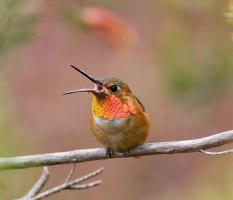
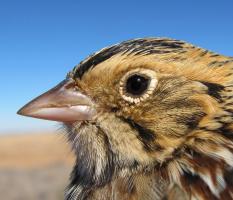
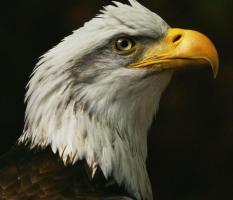
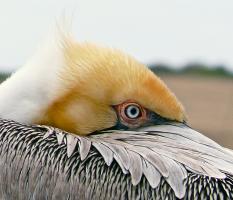

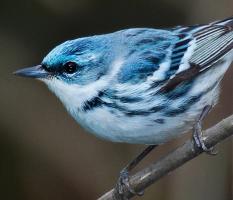
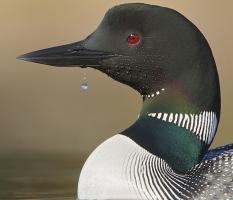
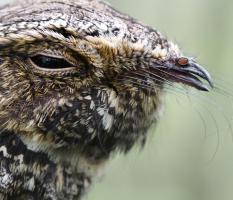





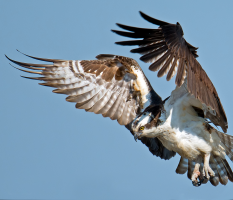
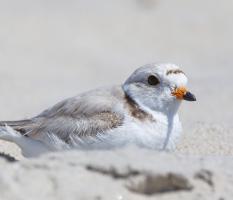

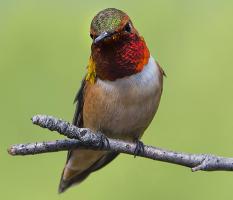

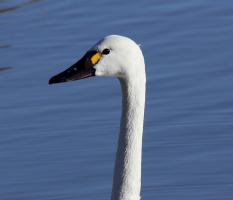
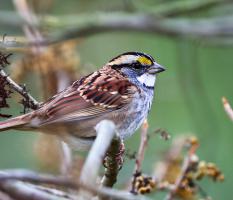

It's easier than you think to make a difference. Become an Audubon member today to help birds facing climate change.